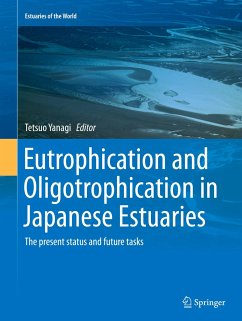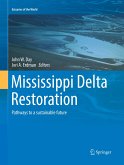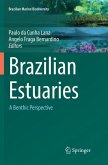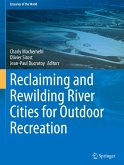This book presents lessons learnt from Japan's past, in relation to coastal waters, industrial pollutants and concentrated urban populations. It examines ecosystem damage and pollution in coastal sea areas and addresses the question: What is the present status of Japanese estuaries from the view point of eutrophication and oligotrophication? The authors describe three typical situations, namely eutrophication problems in Tokyo Bay, oligotrophication problems in the Seto Inland Sea, and the disappearance of hypoxia in Dokai Bay. Readers will learn how legal controls on Total Phosphorus (TP) and Total Nitrogen (TN) loads have played an important role in each of these three bays. They will see that the results of the application of the law differ among the three bays as the characteristics of material cycling are different. The roles of community activities, water related technology development and local characteristics emerge, as responses to problems of environmental deterioration and future tasks are all investigated in this publication.
The book will appeal to anyone with an interest in maintaining healthy estuaries, or in coastal water environment affairs and governing systems.
The book will appeal to anyone with an interest in maintaining healthy estuaries, or in coastal water environment affairs and governing systems.








